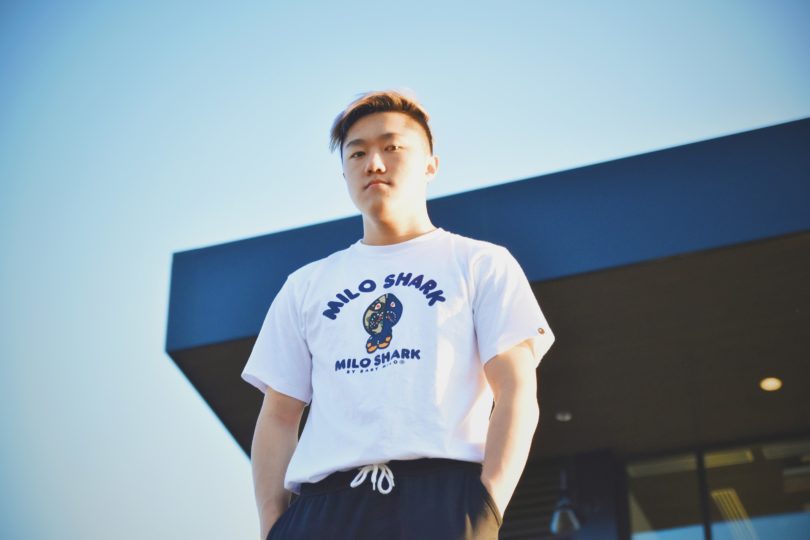My interest in photography began in high school. With social media’s rise in popularity, I became so exposed to photos and media in general. It was during this time I was exposed to many professional-level photos as well through applications like Instagram, VSCO, and Facebook. I was fascinated in the idea; you could take a snapshot of reality, and store and reference it forever. It was such a raw and visual way to document life, while also a way to express themes and ideas. Because of the expensive price of such a hobby, I began my photography journey by simply using my phone’s camera, a 16-megapixel Samsung Galaxy S5 at the time. Despite it being a relatively low-fidelity setup, I loved taking pictures and editing them to my heart’s content. Once I got started in college, I saved up for my own digital single-lens reflex camera, or DSLR. From there I began pursuing photography more seriously, even becoming my club’s historian at one point. Photography has become a creative outlet since I started, allowing me to explore life with a new perspective, experiment with new ideas and tactics, and express myself.


My creative practice in photography is relatively straightforward. I generally like taking portraits, so I usually ask one or more of my friends to be in a photoshoot. I decide either a visual theme or a setting first, then base the one I did not choose off the one I did. For example, if I wanted a streetwear-themed photoshoot, I would then decide the location based on that theme. Conversely, if I wanted to shoot in a parking garage, I would then decide the theme based on that setting. Once I decide those two parts, we begin shooting. I usually go into the shoot with an open mind about poses and ideas, so I mostly pose or arrange people based on what I see and how I feel would make a good shot. This is where a lot of the creative juices begin flowing. There is an infinite number of ways to take a photo of someone, so using my creative judgment and experimenting is an important step of how I take photos. The desired composition of a photo is what drives what hardware I use as well. For instance, if I wanted to get a full view of a building, or someone in front of a landscape, I would use a wide-angle lens. If I wanted a close-up portrait with a lot of bokeh (or background blur), I would use a portrait lens.
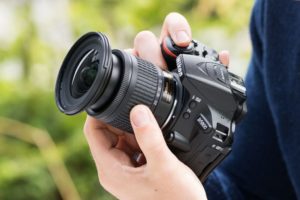
Once the shoot is over and both models and photographers are satisfied with our shots, I begin editing them. Editing can make a huge difference with how a picture turns out, and is the second part where creativity kicks in. There have been countless times where a raw photo I have taken does not have much appeal, but after some editing, you could not even tell where any issue was. I edit using either Adobe Lightroom or the VSCO mobile app: the former if the photoshoot is more serious and the latter if the shoot is more casual. Lightroom provides much more control and powerful functionality over photos while VSCO provides convenience and simplicity. Once I decide a software, I begin tinkering with different aspects of a given photo: exposure, contrast, saturation, crop, shadows, etc. I try to have an editing theme as I edit my photos, and such a theme is usually decided through questions I ask myself. For example, do I want a moody feel versus a sunny feel, what part of the picture do I want to emphasize, what ideas do I want to convey in these photos? There are times I know exactly what I want, so editing can be easy. There are other times where I get “editor’s block” and am not sure how I want a photo to look. In these cases, I take a break. It could be a day, a week, or sometimes even a month, but when I come back to the edit, I usually come back with a clear and open mind. I have more clarity on what I want and how I want things to look, and it is usually during then I have my best edits. This method sometimes even yields my best code when I am working on coding projects.
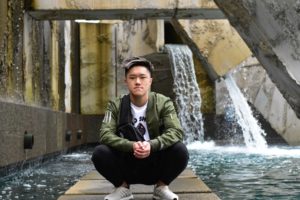 Before edits
Before edits
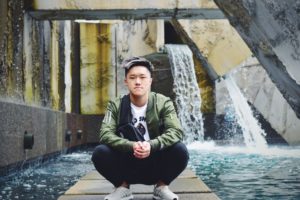 After edits
After edits
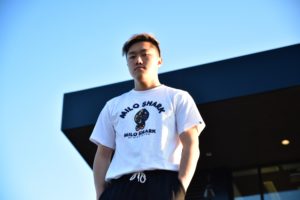 Before edits
Before edits
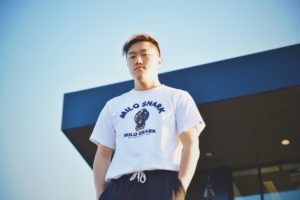 After edits
After edits
Photography certainly relates to this class, as it encompasses the three main themes taught in the class. Taking photos is an example of liveness, as you literally capture a live moment in a photo. You have to set up a moment: the location, the model, the angles, etc. Then you have to record that moment as it happens in real time. Spectators, if there are any, can also see this process unfold before their very eyes. Photography also has elements of ambiguity. There is no one way, or even finite number of ways, to position and take a photo, much less edit it. There is a limitless amount of freedom the photographer has when taking photos. This leads to the photographer having lots of creative and unique interpretations of scenes and compositions. Plus, editors and spectators can all see the same photo in different ways, so post-processing also exemplifies ambiguity. Finally, photography has elements of constraint. Even though you have a titanic degree of freedom, photographers are also bound by factors such as hardware, weather, natural lighting, and even their own imagination. These constraining factors establish certain creative practices among photographers, such as the equipment they use and the weather conditions they shoot in. It forces photographers to think critically about their situation and how they want a photo to look. Photography even relates to my project in Creative Computing: a music visualizer. In both situations, I am aiming to dynamically render art. In the visualizer, we are creating the art based on the music we are given, and in photography, I am creating art by taking a snapshot of a small part of the world as it takes place (a scene in a photograph is most certainly dynamic).
Photography and computer science have a lot in common. In computer science, there are many different ways to solve a problem, implement an idea, or design a system. Similarly, in photography, there are just as many ways to take a photo and portray an idea. The type of hardware you use for photography can represent levels of abstraction; that is, how involved you as a user want to get. “High level” cameras could be phone cameras and point-and-shoot cameras. A level deeper could be Go-Pros and entry-level DSLRs, and another level deeper could be advanced DLSRs and mirrorless cameras.
Photography has been a great creative outlet since I began. It helps me to use parts of my brain I do not normally use and helps me to see the world in a different light. Taking photos does not have to be done on a crazy expensive camera; like I said, I got my start on my phone camera. I recommend photography for anyone who enjoys observing the world and its beauty.
